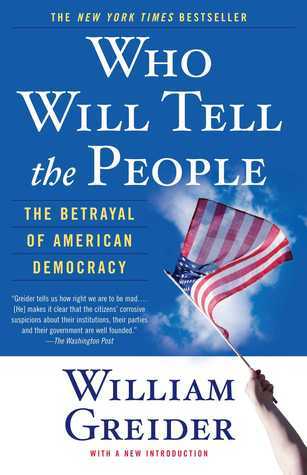
Who Killed the Constitution?: The Fate of American Liberty from World War I to George W. Bush
Book Description
A nation teeters on the brink as liberties erode, concealed by the very institutions designed to protect them. "Who Killed the Constitution?" takes readers on a riveting journey through a century of constitutional decline, revealing betrayals in politics and justice that have reshaped American democracy. From the shadows of World War I to the decisive years of George W. Bush, Thomas E. Woods Jr. unravels the pivotal moments that have threatened the foundations of freedom. With gripping narratives and stark realities, this urgent exploration asks: Can American liberty survive the forces that conspire against it?
Quick Book Summary
Who Killed the Constitution? by Thomas E. Woods Jr. offers a critical analysis of the ways American constitutional principles have been compromised or abandoned over the past century. The book traces a series of pivotal events, court decisions, and unchecked government actions, beginning with World War I and extending through the administration of George W. Bush. Woods contends that both political parties and the judiciary have played key roles in eroding individual liberties, disregarding the original intent of the Constitution. Rather than focusing only on dramatic crises, the book reveals a pattern of gradual encroachments, highlighting how war, political expediency, and shifting interpretations have undermined foundational legal protections. This work challenges readers to reconsider what has been lost and what can be done to restore respect for constitutional limits in government.
Summary of Key Ideas
Table of Contents
The Expansion of Executive Power
Thomas E. Woods Jr. opens "Who Killed the Constitution?" by tracing the historic transformation of executive authority in the United States. Using World War I as an entry point, the author documents how presidents from Woodrow Wilson to George W. Bush have exploited crises and emergencies to expand their own power, doing so in ways often unchecked by Congress or the courts. From mass censorship to wartime detentions and surveillance, Woods argues that the executive branch’s ability to act unilaterally has often come at the expense of constitutional limitations.
Judicial Activism and Erosion of Rights
The book details how the judiciary, rather than acting as a robust safeguard of constitutional protections, has frequently enabled or ignored executive overreach. Woods criticizes landmark Supreme Court decisions that he sees as abdications of judicial responsibility—ranging from the upholding of internment during World War II (Korematsu v. United States) to more recent rulings on civil liberties. According to Woods, judicial activism and a flexible approach to constitutional interpretation have consistently eroded the protections originally built into the document.
Wartime as a Pretext for Suppression
One of Woods’s central themes is the use of war and national emergencies as a pretext for restricting freedoms. He highlights how, during the Cold War, the Civil Rights era, and post-9/11, both the legislative and executive branches curtailed speech, imposed surveillance, and sanctioned detentions without due process—all justified by the supposed demands of emergency. Woods suggests that these precedents weaken the Constitution’s ability to shield civil liberties in times of crisis.
Bipartisan Complicity in Constitutional Violations
Importantly, the author rejects partisan explanations for constitutional decline. He demonstrates through numerous examples that constitutional violations have occurred under both Democrats and Republicans. From the New Deal expansion of federal power under FDR to the Patriot Act under George W. Bush, Woods insists that both parties have been willing to sacrifice constitutional principles for political convenience or short-term gain, making the issue one of systemic, bipartisan neglect.
The Consequences of Ignoring Founding Principles
In concluding, Woods warns that the cumulative effect of these trends is a profound separation from the vision of America’s founders. The disregard for structural limitations, due process, and the separation of powers, he argues, has left American liberty vulnerable. Woods calls on readers to recognize the urgent need for a return to the original understanding of the Constitution—one that prioritizes individual rights and checks on authority—if liberty is to survive into the future.
Download This Summary
Get a free PDF of this summary instantly — no email required.





